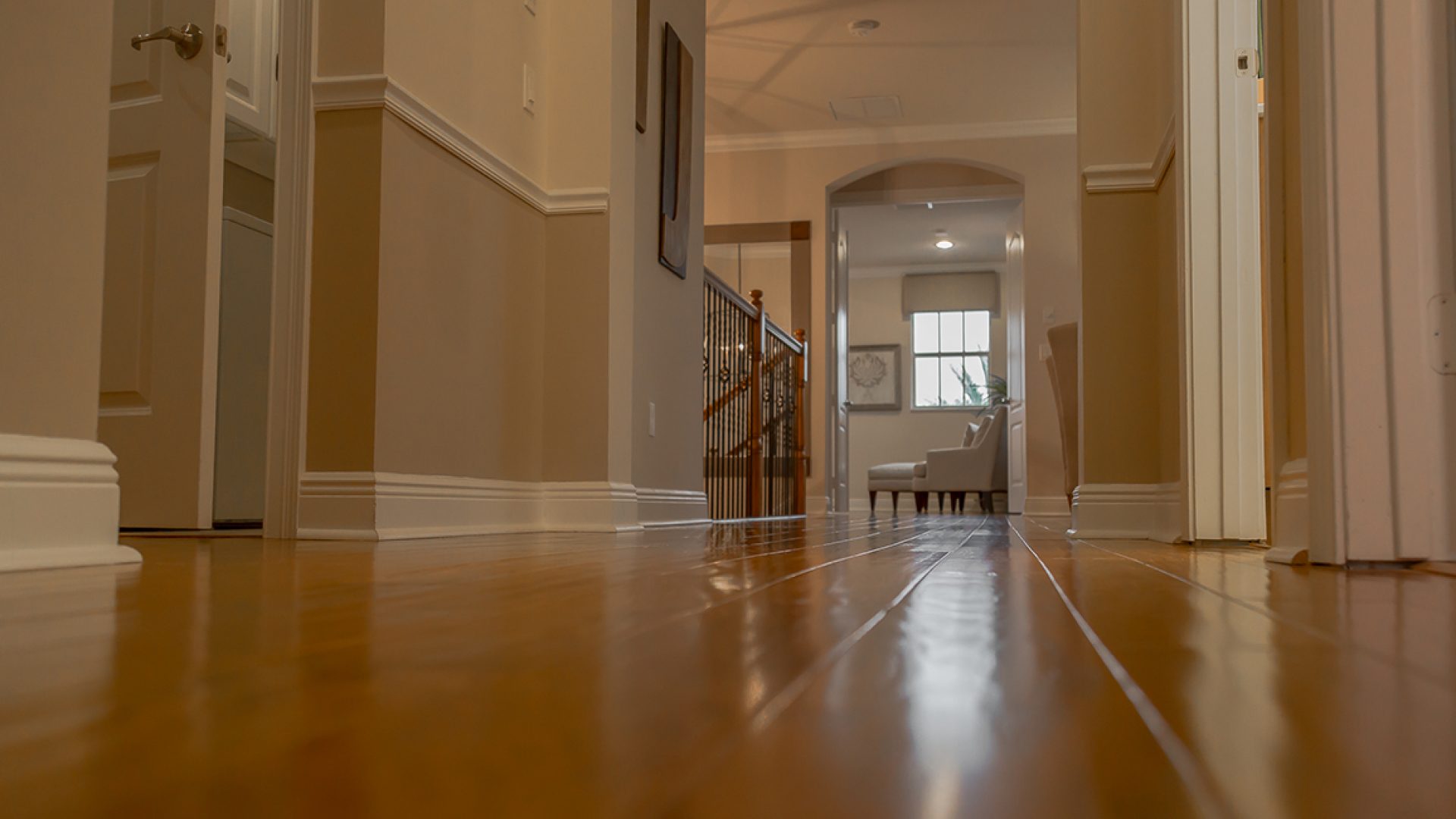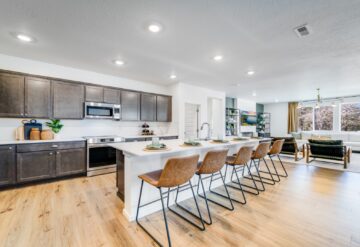This interactive New York Times article by Michael Kimmelman, comparing the sounds of various architectural environments, sure sounds like a lot of fun. When you view the full article on The New York Times website, be sure to put on your headphones so you can hear the three-dimensional audio effects.
We talk about how cities and buildings look. We call places landmarks or eyesores. But we rarely talk about how architecture sounds, aside from when a building or room is noisy.
The spaces we design and inhabit all have distinctive sounds. The reading rooms at the New York Public Library have an overlay of rich sound. Your office may be a big room in a glass building with rows of cubicles where people stare into computer screens.
It may be sealed off from the outside, and you may think it is quiet.
Is it?
Often the sound of a place is so pervasive that we stop noticing what we hear. Or we think the sound could not be otherwise – that is, until we, say, turn off the buzzing overhead lights.
Sound may be invisible or only unconsciously perceived, but that doesn’t make it any less an architectural material than wood, glass, concrete, stone or light. It is shaped by design, albeit most architects rarely think much about it, except when their task is to come up with a pleasing concert hall or a raucous restaurant — and then acousticians are called in. That said, you don’t need to be a specialist to distinguish spaces according to the sounds they make.
We talk admiringly about green or energy-efficient buildings, with roof gardens, cross-ventilation and stairways that encourage residents to walk, because good design can aspire to improve public health. But we don’t talk nearly enough about how sound in these buildings, and in all the other spaces we design, make us feel.
Acoustics can act in deep, visceral ways, not unlike music (think of the sound of an empty house). And while it’s sometimes hard to pin down exactly how, there is often a correlation between the function of a place or an object and the sound we expect it to make.
So an expensive, solid wood door sounds better than an inexpensive hollow one, partly because its heavy clunk reassures us that the door is a true barrier, corresponding to the task it serves.




